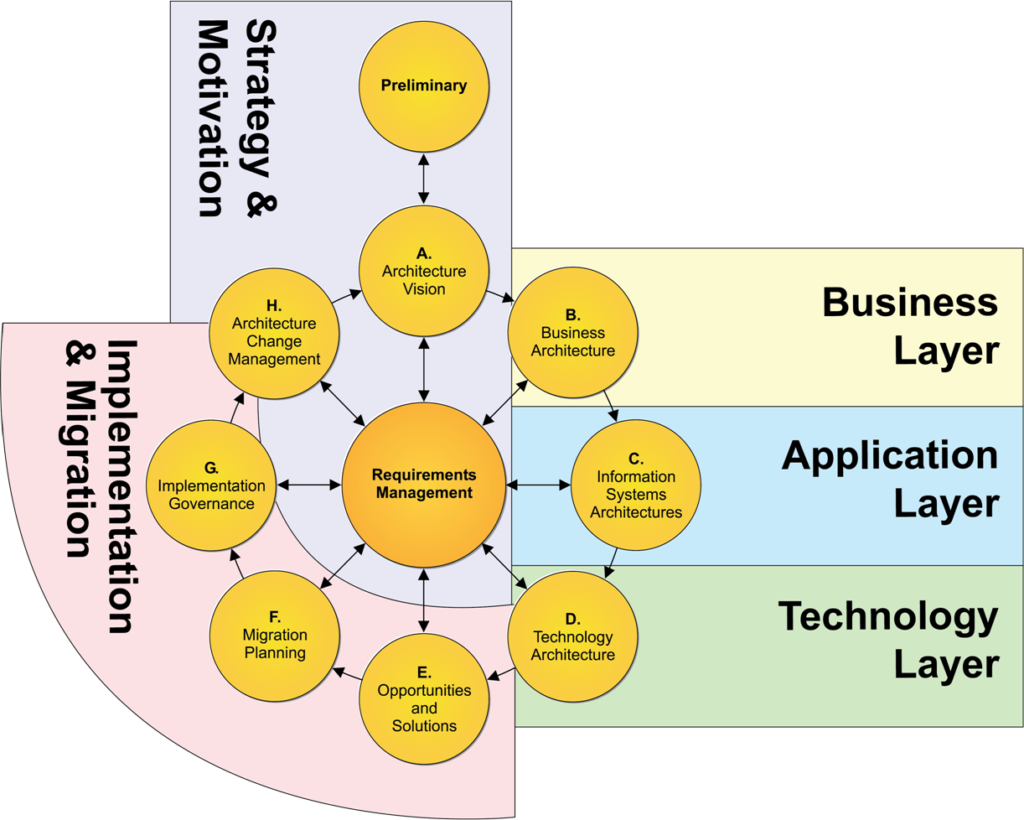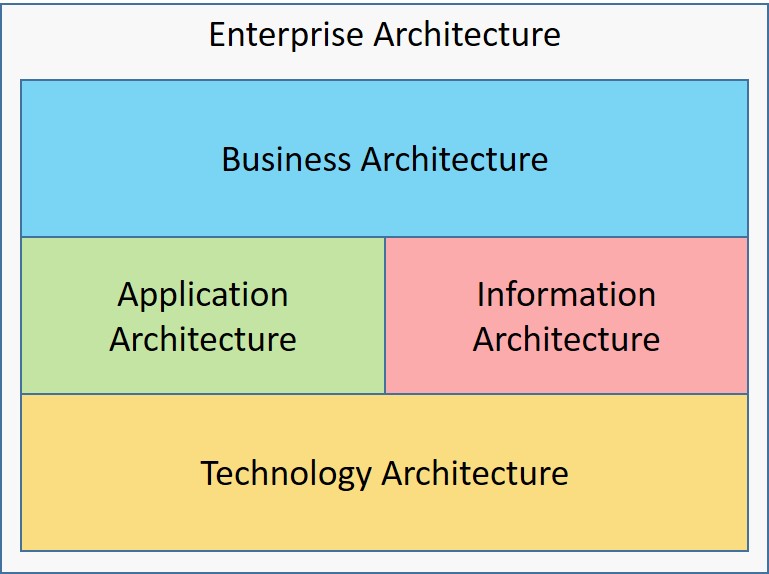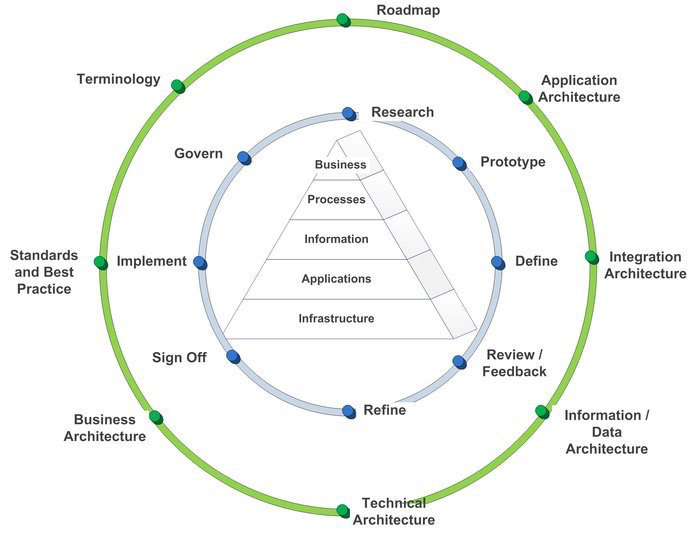Navigating Digital Transformation: The Imperative of Enterprise Architecture
 As organizations navigate the intricate landscape of digital transformation, the pivotal role played by Enterprise Architecture (EA) emerges as a linchpin for success. At Transform Partner, we recognize the profound importance of strategic Enterprise Architecture in orchestrating a seamless and impactful journey towards digital maturity.
As organizations navigate the intricate landscape of digital transformation, the pivotal role played by Enterprise Architecture (EA) emerges as a linchpin for success. At Transform Partner, we recognize the profound importance of strategic Enterprise Architecture in orchestrating a seamless and impactful journey towards digital maturity.
The Essence of Enterprise Architecture in Digital Transformation:
- Holistic Alignment with Vision and Business Goals: EA serves as the bridge between business strategy and technology implementation. It ensures that every digital initiative aligns seamlessly with overarching business objectives, fostering a cohesive and purpose-driven transformation.
- Data-Centric Decision-Making: In the digital era, data is a strategic asset. Enterprise architecture facilitates a data-centric approach, ensuring that data is effectively captured, stored, processed, and utilized for informed decision-making. This emphasis on data governance is integral to successful digital transformation.
- Accelerated Innovation: By mapping out the existing technology landscape and identifying potential gaps or redundancies, enterprise architecture becomes a catalyst for innovation. It enables organizations to identify and integrate emerging technologies that drive innovation, agility, and competitive advantage.
- Agility and Adaptability: The digital landscape is characterized by rapid change and evolving market dynamics. Enterprise architecture facilitates organizational agility by creating a flexible and adaptable IT infrastructure. This adaptability is crucial for responding swiftly to market shifts and seizing new opportunities.
- Optimized Technology Landscape: One of the primary functions of EA is to rationalize and optimize the technology landscape. By creating a unified framework, redundant systems are identified and eliminated, leading to streamlined operations, cost savings, and enhanced efficiency.
- Adaptability to Technological Advancements: The digital landscape evolves rapidly, and EA provides the agility necessary to adapt to emerging technologies. It serves as a strategic guide for incorporating innovations such as AI, IoT, and blockchain, ensuring that organizations stay at the forefront of technological trends.
- Interconnected Systems and Data Governance: EA facilitates the integration of disparate systems and ensures a robust data governance framework. This interconnectedness not only enhances collaboration and data sharing but also lays the foundation for informed decision-making.
- Risk Mitigation and Compliance: In an era of heightened cybersecurity threats and stringent regulatory requirements, EA plays a crucial role in risk management. It ensures that digital initiatives are designed with security in mind, and compliance standards are adhered to, mitigating potential risks.
- Customer-Centric Design: EA places a strong emphasis on customer-centric design principles. By aligning technology solutions with the needs and expectations of end-users, organizations can enhance customer experiences, foster loyalty, and gain a competitive edge.
- Strategic Decision Support: EA provides a structured approach to decision-making. By leveraging data-driven insights and comprehensive analytics, organizations can make informed strategic decisions that are aligned with both short-term objectives and long-term visions.
- Facilitating Cultural Transformation: Cultural transformation is integral to successful digital transformation. EA serves as a catalyst for fostering a culture of collaboration, innovation, and adaptability, ensuring that every stakeholder is aligned with the organization’s digital vision.
- Measurable ROI and Value Realization: EA enables organizations to measure the return on investment (ROI) of digital initiatives. By establishing clear metrics and performance indicators, organizations can assess the impact of their digital transformation efforts and refine strategies accordingly.
- Change Management and Stakeholder Alignment: EA facilitates change management by providing a roadmap for transitions. It aligns stakeholders across the organization, ensuring that everyone is on board with the digital transformation agenda.
- Cost Optimization and Resource Efficiency: By rationalizing technology portfolios and eliminating redundancies, EA contributes to cost optimization. It ensures that your organization invests resources judiciously, maximizing the return on digital investments.
- Future-Proofing and Scalable Architecture: EA designs scalable architectures that accommodate growth. This future-proofing approach ensures that your digital investments remain relevant and effective as your organization evolves.
 In essence, Enterprise Architecture is not merely a technical framework; it is the strategic blueprint that guides organizations through the intricate journey of digital transformation. At Transform Partner, we are committed to leveraging the power of EA to unlock new possibilities, optimize operations, and position your organization as a digital leader.
In essence, Enterprise Architecture is not merely a technical framework; it is the strategic blueprint that guides organizations through the intricate journey of digital transformation. At Transform Partner, we are committed to leveraging the power of EA to unlock new possibilities, optimize operations, and position your organization as a digital leader.
Let’s embark on this transformative journey together. To discuss how Enterprise Architecture can propel your digital transformation, please feel free to reach out to us at info@transformpartner.com

